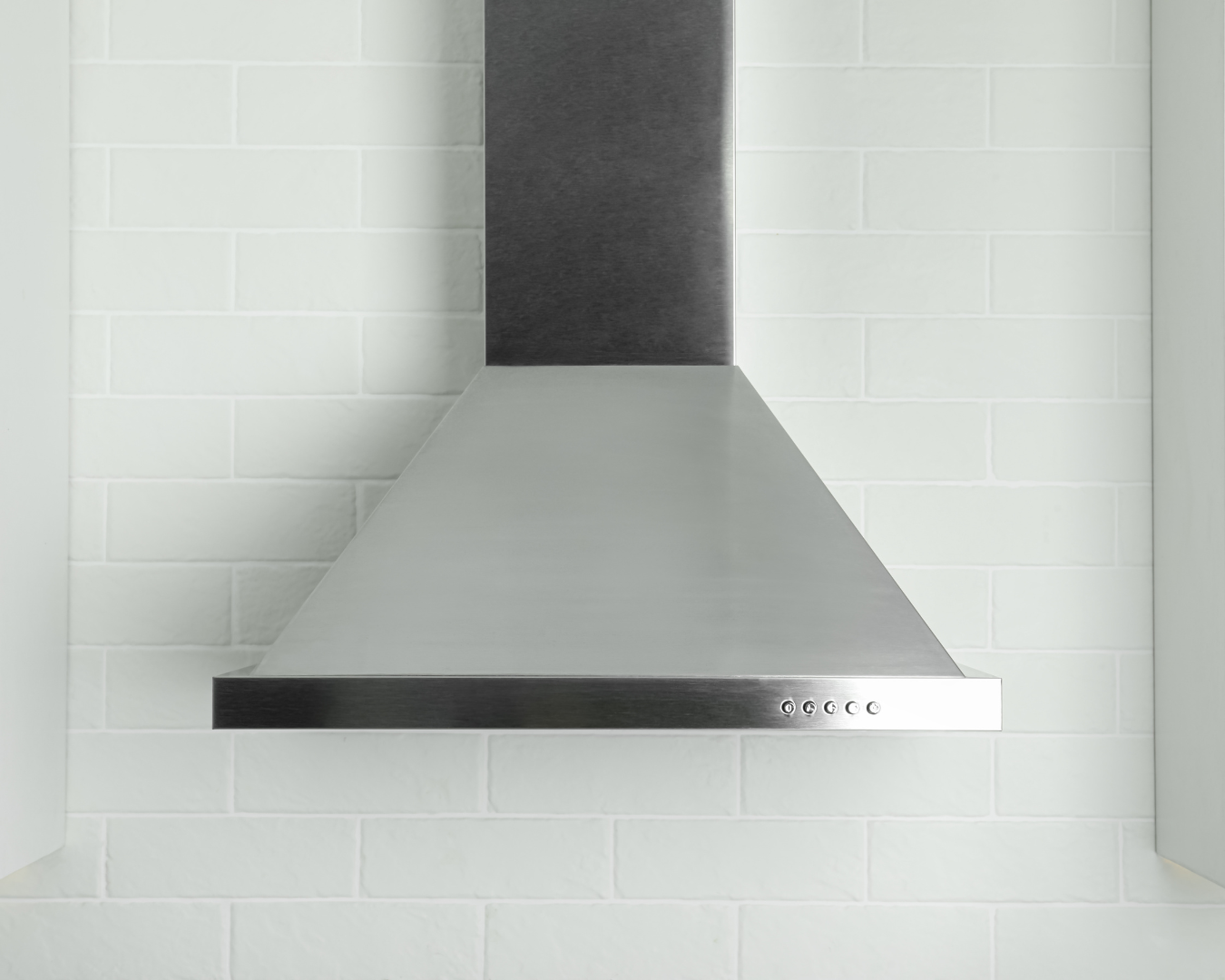Quiet Range Hoods: Enjoying Ventilation Without the Noise
The kitchen is a bustling hub in many homes, where culinary creativity comes alive. However, the excitement of cooking can often be overshadowed by the loud noise of a range hood. Traditional range hoods, while effective at ventilating and removing smoke, steam, and odors, can be disruptive and loud. Enter the quiet range hood—a game-changer for anyone who values peace and tranquility in their kitchen. In this post, we’ll explore the benefits of quiet range hoods, key features to look for, and some top models to consider.
The Importance of a Quiet Range Hood
- Peaceful Cooking Environment: A quiet range hood allows you to enjoy conversation and music without having to shout or increase the volume.
- Enhanced Focus: Lower noise levels help you concentrate better on cooking, ensuring you follow recipes accurately and avoid mishaps.
- Better Living Experience: In open-plan homes, a quieter range hood ensures the noise doesn’t travel into living and dining areas, maintaining a calm household environment.
Key Features to Look For in a Quiet Range Hood
Noise Level
- Measured in Sones: Range hood noise is measured in sones. A lower sone rating indicates a quieter hood. Look for models with a rating of 1.0 sone or less on the lowest setting.
- Variable Speed Settings: Range hoods with multiple speed settings allow you to adjust the fan speed based on your needs, helping to manage noise levels effectively.
Efficient Ventilation
- CFM Rating: The power of a range hood is measured in cubic feet per minute (CFM). While a high CFM ensures better ventilation, balance it with noise levels. Opt for a hood that offers strong ventilation without excessive noise.
- Baffle Filters: These filters are effective in trapping grease and can be quieter compared to other types. They’re also easy to clean, maintaining the efficiency of the range hood.
Build and Design
- Quality Materials: Stainless steel and tempered glass not only look sleek but also help in reducing noise due to their durability and ability to absorb sound.
- Ducted vs. Ductless: Ducted range hoods generally provide better ventilation and can be quieter since they vent air outside. Ductless hoods recirculate air and might be noisier due to the filtering process.
Installation Tips for Minimizing Noise
- Professional Installation: Ensures the range hood is mounted securely and correctly, reducing vibrations and noise.
- Proper Ducting: Use smooth, rigid ducting instead of flexible ducting to minimize noise caused by air turbulence.
- Strategic Placement: Ensure the range hood is positioned correctly relative to your cooking surface to maximize efficiency and minimize noise.
Quiet range hoods are a fantastic investment for anyone looking to maintain a peaceful and enjoyable cooking environment. By choosing a model with low noise levels, efficient ventilation, and quality build, you can significantly enhance your kitchen experience. Whether you’re a home cook who loves entertaining or simply appreciate a calm space, a quiet range hood ensures you can enjoy ventilation without the noise. Happy cooking, and enjoy the serenity!

